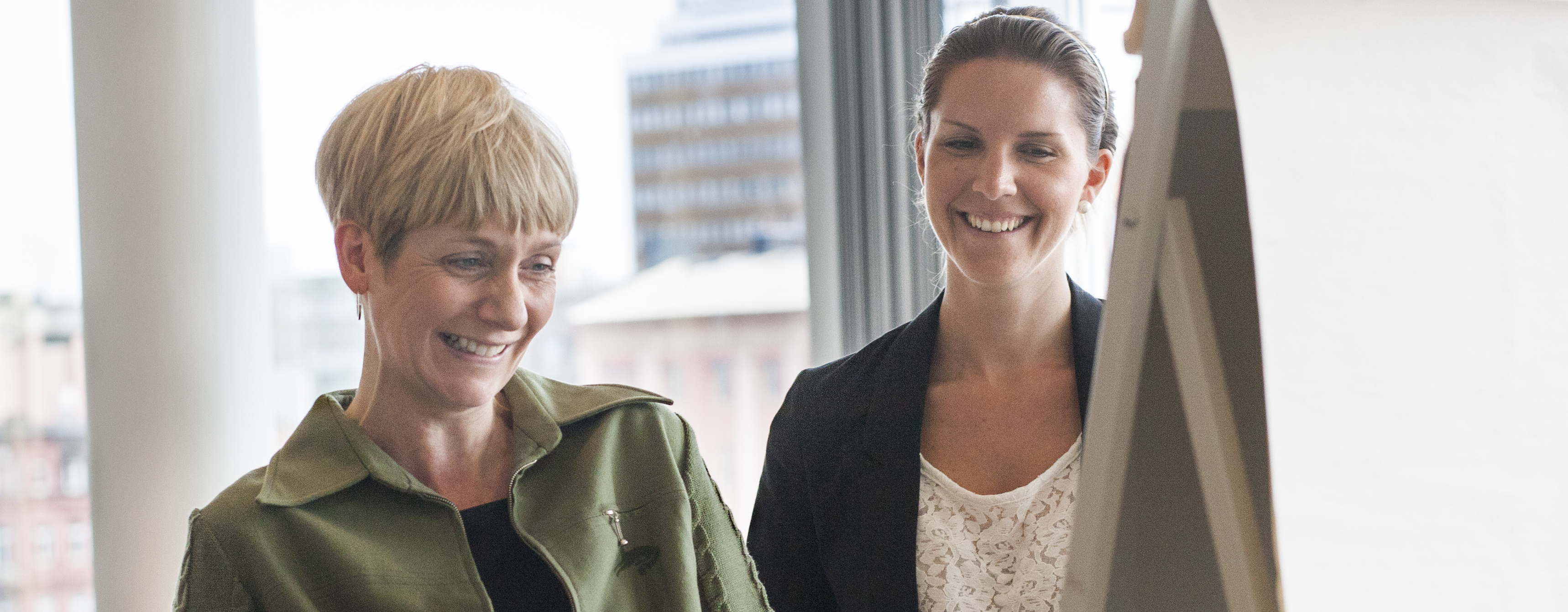Got a complex skill to learn or issue to tackle? Traditionally, “practice makes perfect” has meant mastering one skill at a time. Scientific research now reveals that mixing, or interleaving, learning styles and practicing several new and related skills simultaneously trains your brain to grasp information quicker, think more strategically, and develop more contextual solutions to address challenges.
For example, a tennis player might practice his forehand over and over before adding a backhand and a serve. Learning researchers call this AAABBBCCC pattern blocking, and because blocking is logical and easy to schedule, this approach is still predominant in schools, sports, and other training programs.
However, according to National Science Foundation graduate research fellow Steven C. Pan, over the past four decades a small but growing body of research has found that interleaving often outperforms blocking in many applications, including sports and category learning.
In an article published in Scientific American (“The Interleaving Effect: Mixing It Up Boosts Learning,” August 4, 2015), Pan calls for more widespread adaptation of learning methods that incorporate learning and practicing several related skills at the same time (ABCABCABC) to encourage more flexible thinking.
Studies have found that interleaving methods help medical students produce more accurate electrocardiogram diagnoses, law students make more accurate assessments of complex legal scenarios, and seventh-grade math students increase their test retention levels. This shows that interleaving works in real-world extended use, that its advantage over blocking increases with the passage of time (in other words, there is less forgetting), and that the results are strong, stable, and long-lasting, concludes Pan.
Why Interleaving Works
• Mixing up and reinforcing related learning improves the brain’s ability to discriminate between concepts: “With blocking, once you know what solution to use, [sic] or movement to execute, the hard part is over,” says Pan. “With interleaving, each practice attempt is different from the last, so rote responses don’t work. Instead, your brain must continuously focus on searching for different solutions. That process can improve your ability to learn critical features of skills and concepts, which then better enables you to select and execute the correct response.”
• Interleaving strengthens memory associations: When you block a single strategy, you can hold onto it temporarily in short-term memory without retaining it. When the correct solution changes from one practice session to the next, your brain must continually retrieve different responses. “Repeating that process can reinforce neural connections between different tasks and correct responses, which enhances learning,” says Pan.
Introducing, reinforcing, and revisiting content in various ways drives learning in ways that last.





